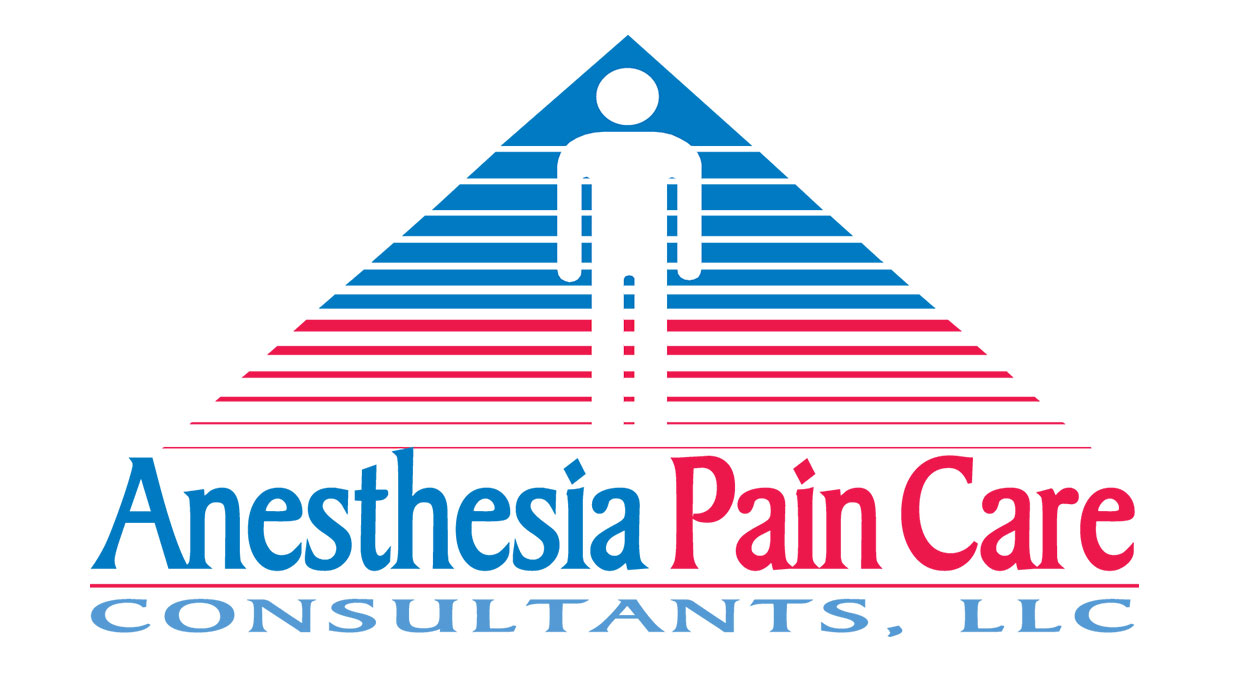Pain is often referred to as the fifth vital sign, indicating that its assessment and management are critically important in patient care. Yet treatment of pain, especially chronic pain, has proven to be one of the most challenging areas of medicine.

According to Dr. Ira Fox, MD, DABPM, FIPP, ABIPP, the specialty of interventional pain management has really evolved over the last 20 to 25 years. In 1996, Dr. Fox decided to leave the operating room as an anesthesiologist and dedicate all of his time to treating those with chronic pain. He founded Anesthesia Pain Care Consultants in Florida.
There are several components of interventional pain management. Injections using very small amounts of medication such as Lidocaine can be used to help diagnose exactly where the pain is originating. For example, if a patient feels relief after a certain anatomic region is injected with a numbing medication, that result can be used to pinpoint the source of the pain. Once that is accomplished, other techniques can be employed to treat the pain. Further injections like steroids can deliver powerful anti-inflammatory treatment directly to the area or an ablation can be performed on nerves in the area of the pain. Neurostimulators and drug pumps can also implanted to help block pain on a spinal level.
Prior to the late ’90s, training for physicians in this specialty area was minimal. Yet as the necessity of this field became apparent, so did the need to teach doctors to perform interventional pain procedures. Workshops were created using cadavers to grant physicians the opportunity to learn these very specific techniques to treat patients with pain.
Dr. Fox explains that these workshops were the first time doctors had the chance outside of their residency or fellowship to practice such new procedures. He states, “The workshops would also be supplied with X-ray equipment. With the cadavers, using fluoroscopy, the same types of procedures that would be performed on patients could be performed on the cadavers.” Since then, workshops have continued to evolve, now training physicians to use ultrasound guidance for their pain management techniques.
To read the full article, click here.
By Erin Azuse, RN BSN

